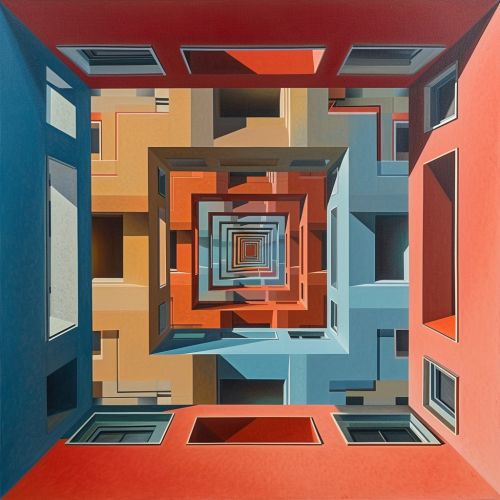Hausdorff spaces
Introduction
In the field of topology, a branch of mathematics, a Hausdorff space, named after German mathematician Felix Hausdorff, is a topological space in which distinct points have disjoint neighbourhoods. This property, known as the Hausdorff property or T2 property, is a commonly used separation axiom in the study of topological spaces.


Definition
Formally, a topological space X is called a Hausdorff space if for any two distinct points x and y in X, there exist neighbourhoods U of x and V of y such that U and V are disjoint, i.e., U ∩ V = ∅. This definition emphasizes the role of separation in the structure of a topological space.
Properties
Hausdorff spaces have several important properties that distinguish them from other topological spaces.
Uniqueness of Limits
In a Hausdorff space, limits of sequences, if they exist, are unique. This is a direct consequence of the Hausdorff property, as it ensures that two distinct points cannot be arbitrarily close to each other.
Compactness
A compact subset of a Hausdorff space is closed. This property, known as the Hausdorff compactness theorem, is a fundamental result in topology and has many applications in analysis and algebra.
Continuity
In a Hausdorff space, the image of a continuous function into a Hausdorff space is Hausdorff. This property is important in the study of continuous functions and their properties.
Examples
Several commonly studied topological spaces are Hausdorff spaces. These include:
- The real numbers with the standard topology.
- Any metric space with the metric topology.
- The empty set with the empty topology.
Hausdorff Spaces in Mathematics
Hausdorff spaces play a crucial role in many areas of mathematics. They are fundamental in the study of topological spaces and their properties, and they appear in various forms in analysis, algebra, and geometry.
